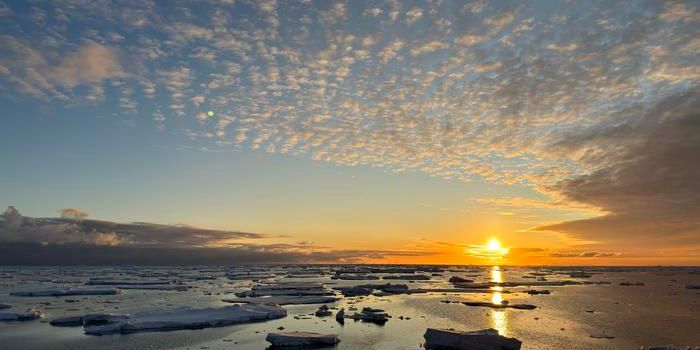Redefining US waters
WOTUS is getting a makeover. Otherwise known as the “waters of the US,” WOTUS is undergoing some extreme redefining, following the Trump administration’s proposition to erase federal protections for streams that flow only after rainfall or snowmelt, as well as wetlands without surface water connections to larger waterways. These waterways have historically been protected under the Clean Water Act, which was originally enacted in 1948 but improved and expanded in 1972.
Just last week the EPA and the Army Corps of Engineers released a statement detailing the proposal. Under the new definition, only six types of aquatic resources would be protected: traditionally navigable waters, tributaries, impoundments, wetlands adjacent to traditionally navigable waters, some ditches, and some lakes and ponds.
Acting EPA Administrator Andrew Wheeler commented: “Our new, more precise definition means that hardworking Americans will spend less time determining whether they need a federal permit and more time upgrading aging infrastructure, building homes, creating jobs and growing crops to feed our families. “Property owners should be able to stand on their property and be able to tell if a waterway is federal or not without hiring outside professionals.”
The waters that are proposed to be taken out from protection specify wetlands that are separated from tributaries by land, dikes or other features, and ephemeral streams that flow only after heavy rains or during snowmelt. In total, the proposal recommends removing protections for over half of wetlands and almost one-fifth of streams nationwide — including almost 40 percent of streams in the Arid West. These waterways have historically received protection under the George W. Bush and Obama administrations.
This news is especially concerning as WOTUS become more and more threatened by droughts, contamination, algal blooms, severe weather, and diminishing groundwater aquifers, not to mention climate change.
The proposal is currently in a 60-day public comment period during which the public is encouraged to voice their opinions. You can do so HERE once the proposal has been published in the Federal Register. The EPA and the Army will also hold an informational webcast on January 10, 2019, and will host a listening session on the proposed rule in Kansas City, KS, on January 23, 2019. After this period ends, the EPA and the Army Corps will review all comments before issuing a final ruling.
Sources: Scientific American, EPA, The Hill









